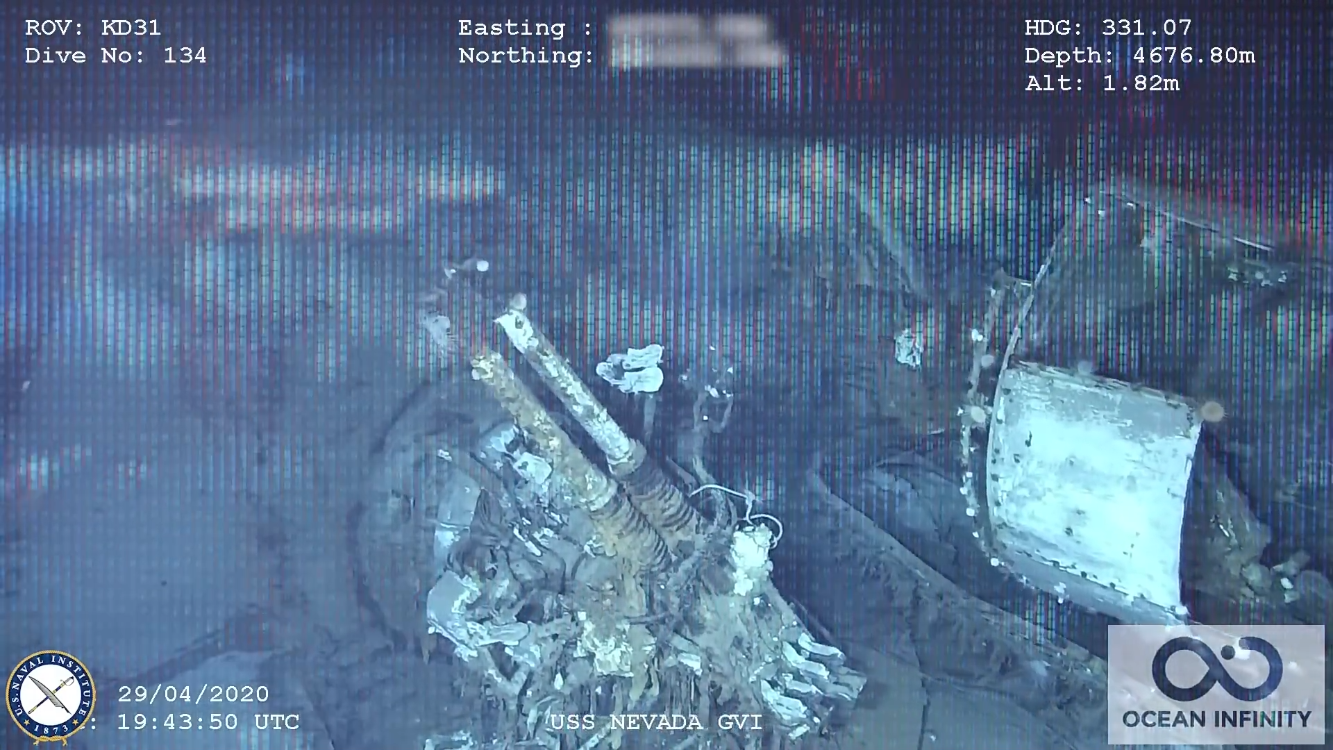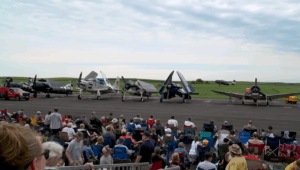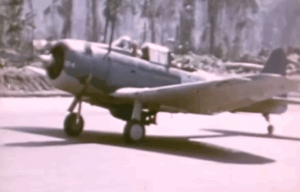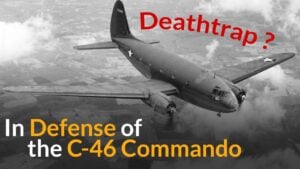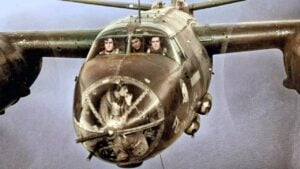The Battleship That Fought Its Way Out of Pearl Harbor

YouTube / Dark Seas
USS Nevada entered the fleet as one of the most advanced American battleships of its era. The ship was the lead vessel of the two Nevada-class battleships and the first American capital ship designed around the all or nothing armor principle. Engineers concentrated heavy protection around magazines, machinery spaces, and main turrets. Less vital areas received minimal armor, creating a structure optimized for long-range gunnery duels.

When Nevada was commissioned in 1916, her size and capability surpassed earlier American battleships in almost every respect. She displaced roughly 27,500 tons, carried triple turrets, and operated on an oil-fired powerplant that gave her a long operating range. Nevada served through World War 1 and the interwar years and received numerous upgrades, including new fire control systems, improved anti-aircraft guns, and catapults for reconnaissance aircraft.
The Morning of December 7
Nevada was the only battleship at Pearl Harbor not moored at Ford Island. When Japanese aircraft swept overhead on the morning of December 7, 1941, her crew was already raising Morning Colors. As bombs began to fall across the harbor, Nevada’s sailors ran to their guns and got the ship moving while the rest of Battleship Row remained pinned in place.
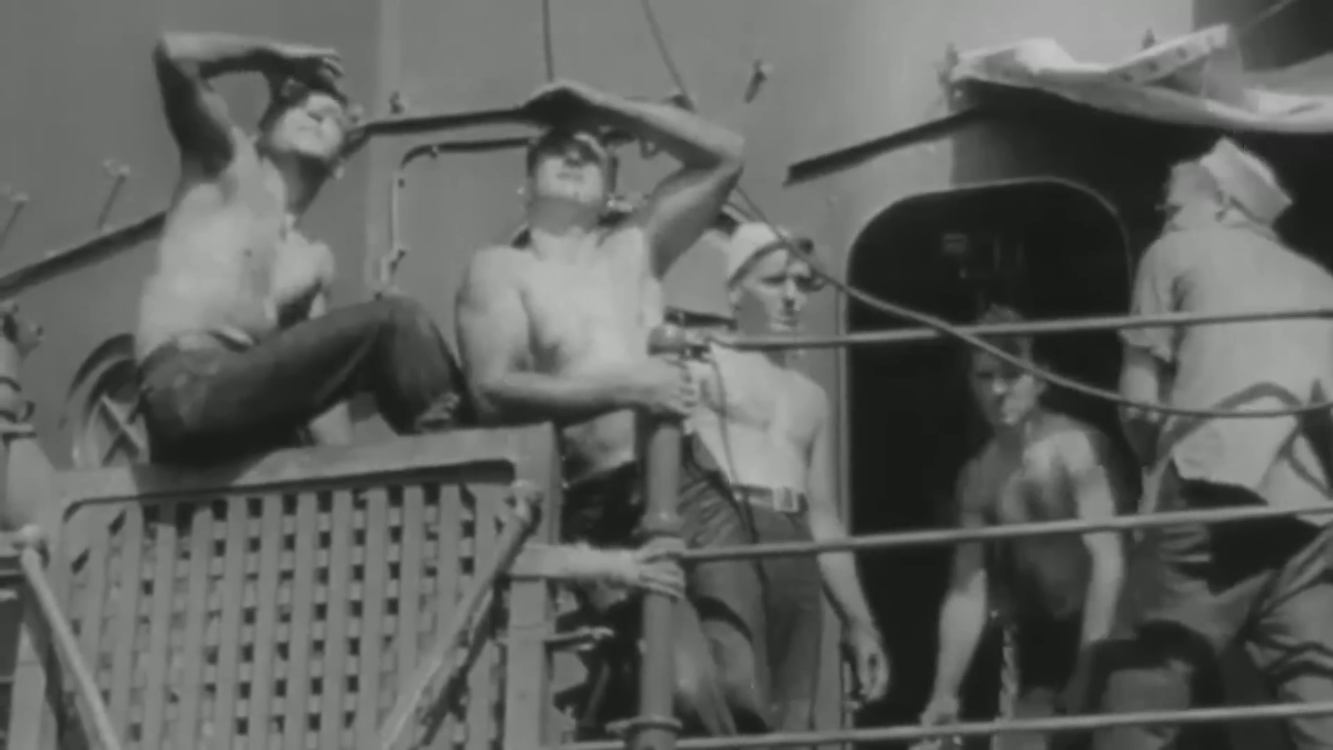
The first torpedo struck near the bow above the keel. Damage control teams contained the flooding and kept Nevada’s engines turning. The ship pushed through smoke and debris while her gunners fired at attacking aircraft. As she advanced toward the channel, a second wave of dive bombers targeted her directly, dropping five bombs that tore through the upper decks and ignited gasoline fires that spread across compartments.
Beaching to Survive
The fires grew rapidly and began to overcome Nevada’s internal defenses. To prevent the ship from sinking in the channel and trapping the entire Pacific Fleet inside the harbor, the crew steered Nevada toward shallow water and beached her near Hospital Point. The ship settled into the mud, burning heavily but still afloat.
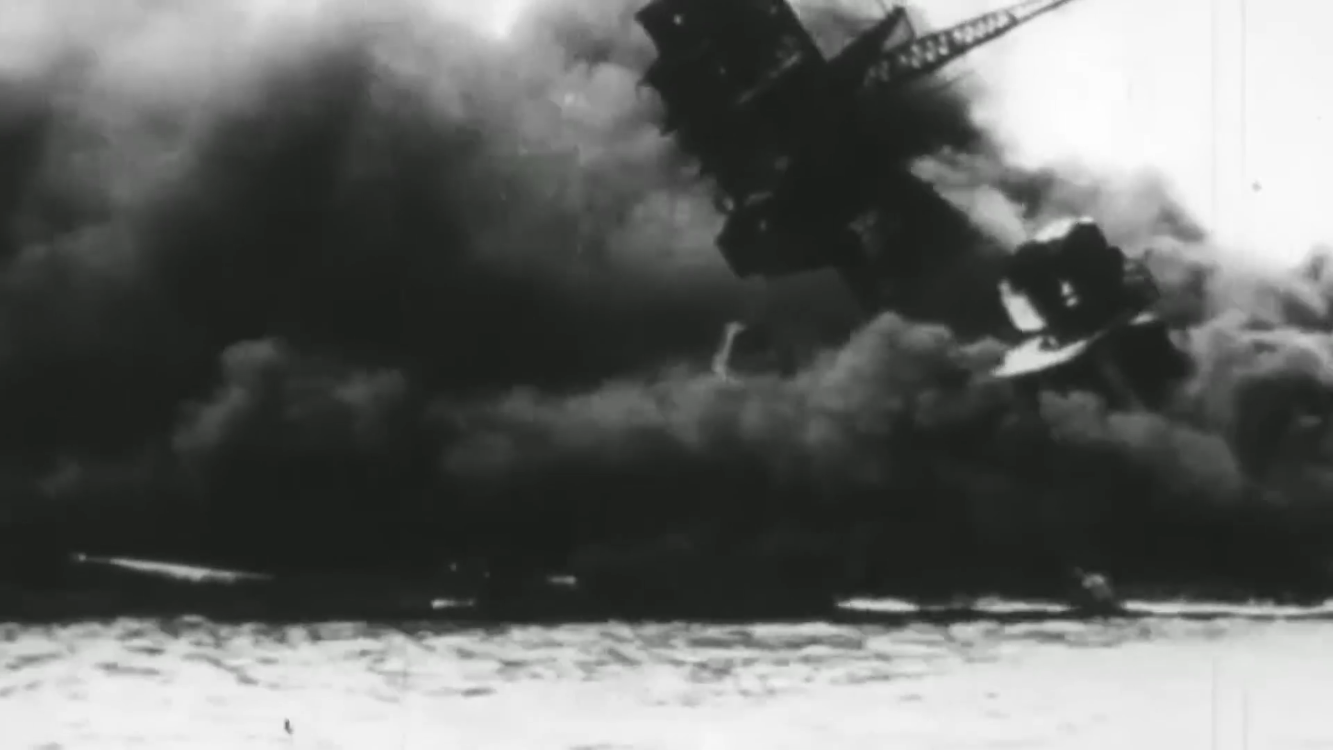
Salvage, Repair, and Return to Combat
Nevada was raised after months of work. The overhaul crew replaced damaged machinery, added new radar, upgraded the main battery, and fitted dozens of Oerlikon and Bofors guns. By mid 1943 she was back in action. Nevada supported the recapture of Attu, escorted Atlantic convoys, and then moved to the United Kingdom for Operation Neptune.
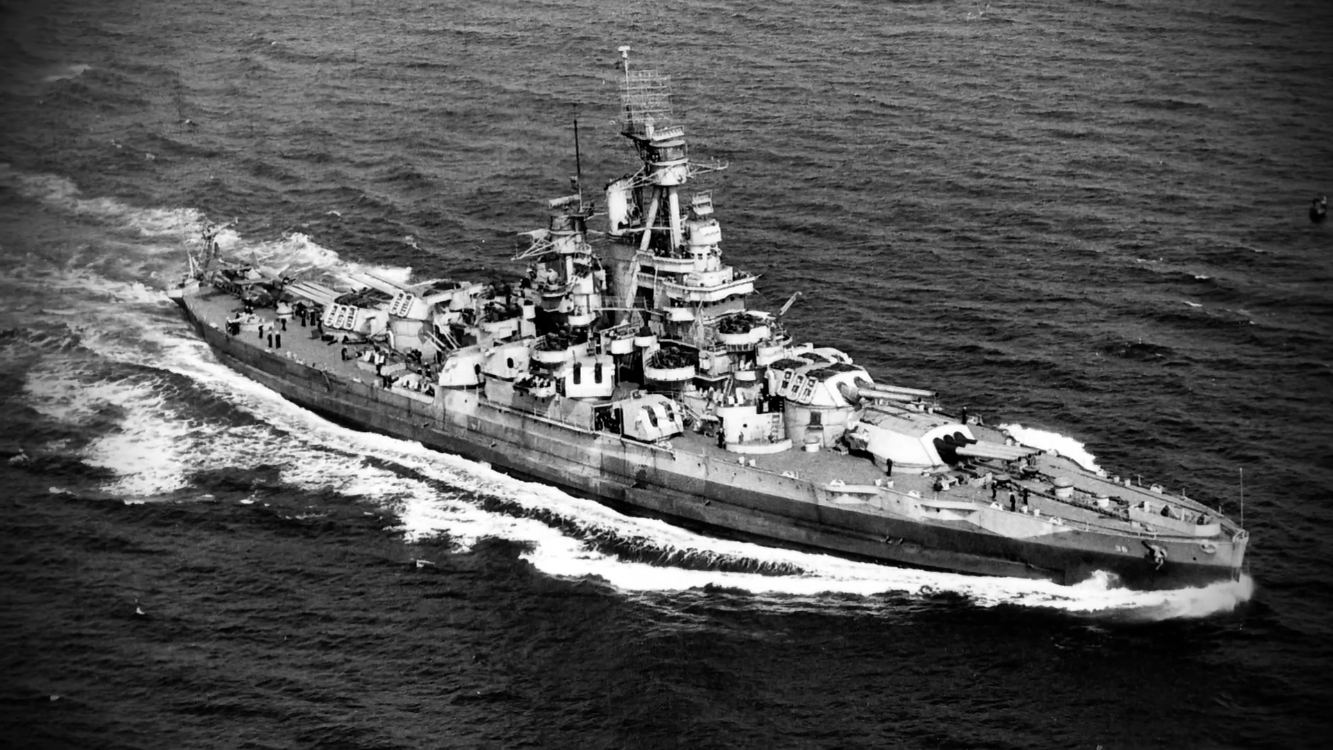
During the D-day landings, Nevada provided fire support for the troops assaulting German defenses. Her gun crews delivered precise bombardment that destroyed fortified positions along the beaches. Later missions included Operation Dragoon on the southern coast of France, prolonged bombardment at Iwo Jima, and heavy fire support during the Okinawa campaign.
Final Chapter
Nevada was declared obsolete after World War 2 and selected for atomic testing at Bikini Atoll. She survived both blasts but was too radioactive for further service. The Navy later used her as a target ship and sank her with air launched torpedoes in 1948. In 2020, researchers located the wreck deep in the Pacific.
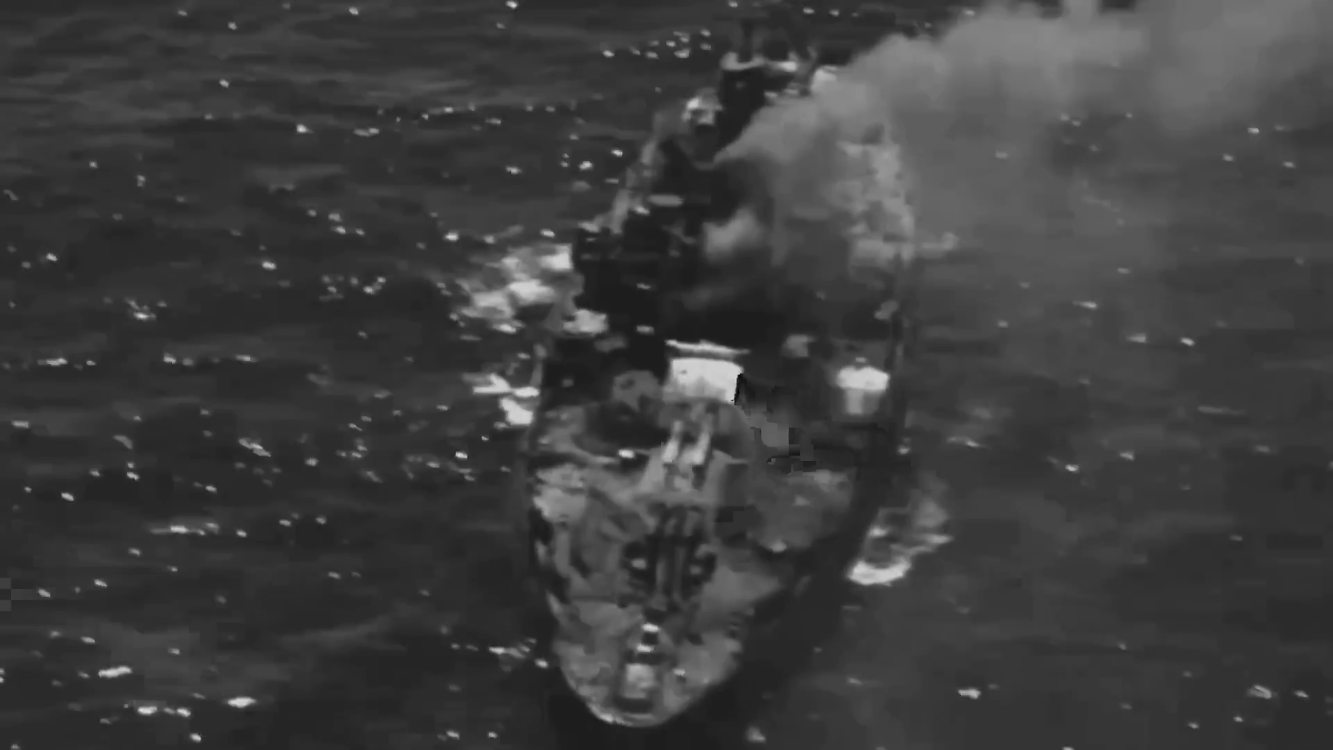
Nevada’s service history reflects determination under fire and a record shaped by crews who fought to keep her moving even in the most desperate circumstances.
